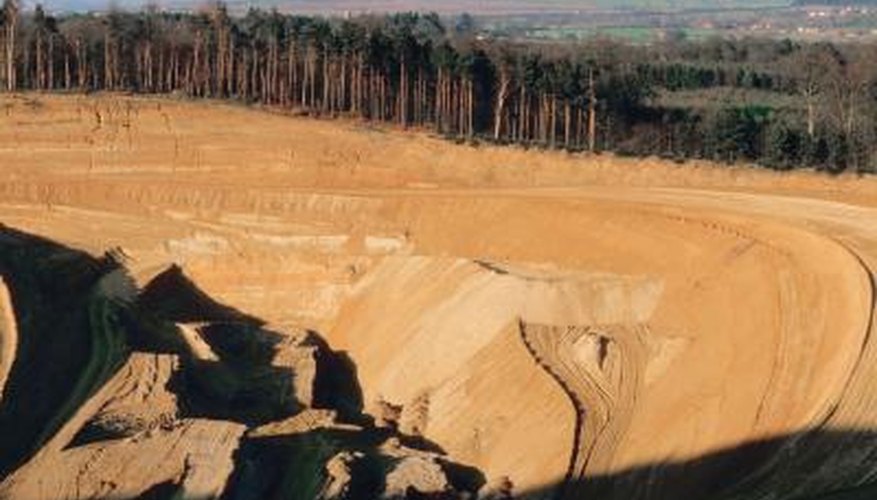Phytomining describes the production of a metal crop by using high-biomass plants, which are plants that produce energy or a usable resource when burnt. Phytominers cultivate crops of a specific plant species with high concentrations of a desired metal, harvest the plant and deliver it to a furnace to burn and gather its bio-ore. As a potential alternative to environmentally destructive mining practices, phytomining has great promise to transform the way metals are extracted from the environment; however, phytomining has yet to produce metal yields that would begin to satisfy global demand.
Environmental Considerations
It is generally accepted that phytomining is greener than conventional mining practices. In environments with metal-contaminated soil, phytominers can recollect metal pollutants from the soil, thereby restoring the soil to health. Still, growing mass amounts of plants also takes a toll on the land used for cultivation. Industrial farming practices deplete the soil and overgrowing biocrops has the potential to permanently alter an area's ecology.
- It is generally accepted that phytomining is greener than conventional mining practices.
- In environments with metal-contaminated soil, phytominers can recollect metal pollutants from the soil, thereby restoring the soil to health.
Economic Viability
If the scale of production is large enough, phytomining could become a cheaper alternative to excavation, but large-scale harvesting of plants with concentrations of metal is currently more costly than extracting metals from mines. In the future, as metal prices rise and the yields from mines deplete, this could change. The shortage of metal from mines and persistent demand for metal by industry would offset the costs of initiating large-scale phytomining farm production.
Growing Conditions
Phytomining's success is subject to the forces of nature. Unlike traditional excavation, phytomining is dependent on growing conditions such as the weather, altitude and soil quality. A bad growing season could wipe out an entire crop of metal-producing plants, and if global climate change alters weather patterns, the risks associated with establishing a long-term phytomining industry in an area increase.
Other Considerations
As with any new industry, much is unknown about the long-term effects of phytomining. For example, with a limited amount of good farming land available, what land use would be displaced to make room for a phtyomining industry? Researchers will also need to examine the effect of having metal-enhanced plants entering the food chain over time. They will also need to determine if it is possible to prevent metal runoff from the plants from entering the local water supply.
- As with any new industry, much is unknown about the long-term effects of phytomining.
- Researchers will also need to examine the effect of having metal-enhanced plants entering the food chain over time.
